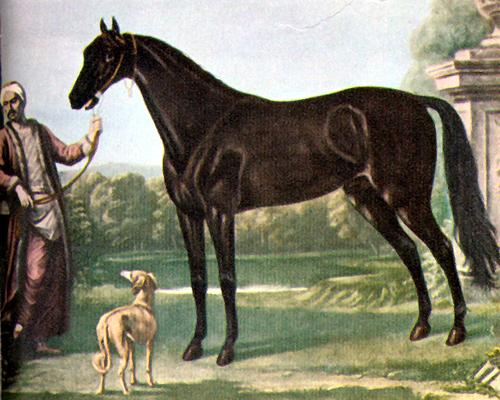Turkmens are descendants of Oghuzes and Persians?
Turkmen are primarily descendants of Iranian nomads who lived between the Aral Sea and the Caspian Sea.
When you are learning the history of a nation, you do a comprehensive analysis of the country from all aspects: tradition, language, and anthropology. Most people who talk about Turkmen as people who came from Altai do not know who the Turkmen are or their traditions.
Without knowing the history, you might get the generalized view that ancient Turkmen were nomadic warriors who drank horse milk and ate horse meat. They were a people with slanted eyes and built Kurgans for their ancestors.
But Turkmens didn't have slanted eyes, except for the minority. They never farmed horses for meat or milk. And they never built Kurgans for the ancestors.
Regarding horse tradition, Turkmenians raised horses for races and battles only. These breeds, in medieval times, were known as Turkoman Horses. These horses are the ancestors of all racing horses in the world. The German Trakehner breed's ancestor: "Turkmen Atti"

Turcmanatti by Johan Meno Haas in the 1790s.
The English Throughbroud's ancestor: Byerly Turk:

You do a DNA analysis, and the closest to all horses are not Arabian, but Akhal Teke (one of the lineage of Turkmen horses named after the Teke tribe).
The Turkmen horses are indigenous to Central Asia and have been famous since the Antique period. The Chinese conquered modern Xinjiang, part of Central Asia, to acquire these horses as they were well-known there as Heavenly horses.
Ancient Greek and Roman historians described them as the best in the world. This breed has thousands of years of history. And while the breed's name has changed, it's still part of Antique Central Asian history.
But here is the thing: Neither Central Asian sedentary Iranians nor Nomadic Turk-Mongolian people except Turkmens were breeding them. From the ancient nomads, this tradition is carried out by Turkmens. And not by one tribe in the region to say it's the influence, but by all tribes, so it's part of national culture.
A depiction of Turkmen horse in the Read Dead Redemption 2 (click to see on Wiki Fandom):

The same goes for all other aspects of Turkmen culture. Turkmen have a heavy influence from other people around them and, to a lesser degree, by people along the "Silk Road". But it's a cultural exchange that went bidirectional. As much as Turkmens have it, they also influenced other people.
This is the problem of Iranians. When they see Iranian influence, they brag about Greater Iran. Still, when influenced, they want to dismiss the national terminology, discussing regional and Islamic shared culture. To make it fair, either ignore "Iranian" influence by removing national appearance. Or accept that you have Arabic and Turkic influence, too.
This is especially seen on Wikipedia, where Nowruz is an Iranian national holiday and Iranian influence. Just like anything that interacted with them. But Turkmen carpets are Iranian because they're part of their day-to-day culture, and they should not be connected with Turkmen only.
